Priming tools and systems come in all shapes, sizes, and configurations. Priming your cases is one of the most important aspects of reloading ammunition, and it can also involve a lot of frustration and trouble. So when I saw the introduction of the new the LEE Auto Bench Prime, I was curious. Could this be the alternative to hand priming that I’ve been looking for when I don’t choose to prime on-press? Read on to find out.
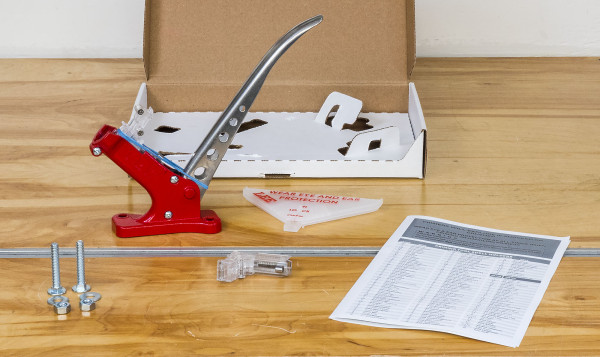
The LEE Auto Prime follows the pattern with a lot of other LEE products: focus on the design, put quality where it matters, and keep the cost down to an affordable level. At under $40. (and under $30 at some retailers) it’s quite an affordable setup. Note that you’ll also need a LEE Hand Priming Shellholder Set in order to use the LEE Auto Bench Prime system (street price is about $15-18). It’s nice to have dedicated shellholders because you won’t need to rob them off a press in order to prime, but it is one additional thing to buy, and you don’t want to forget (who likes to wait for parts?).
Here’s what’s included in the LEE Auto Bench Prime set:
- Auto Prime bench-mounted priming tool
- Large and small priming inserts
- Foldable primer tray
- Mounting hardware (1/4″ x 20 bolts, washers, nuts)
- User’s manual
Add the shellholder set I mentioned and you are ready to roll!
I chose to mount the LEE Auto Bench Prime on a plate that works with the Ultimate Relaoder bench system, and the resultant setup works great as shown in this video:
There were a couple things that surprised me with the LEE Auto Bench Prime:
- The low effort needed to prime cases – it’s pretty amazing.
- How quickly and easily you can install shellholders and change primer sizes.
- How well the folding primer tray works. It’s a great setup from my testing so far.
All in all, I’m really liking the LEE Auto Bench Prime, which is no surprise based on all of the reviews I read online. Are you using a LEE Auto Bench Prime? If so, how are you liking it? Please leave a comment!
I’m off to prime .223 cases! (lots)
Thanks,
Gavin
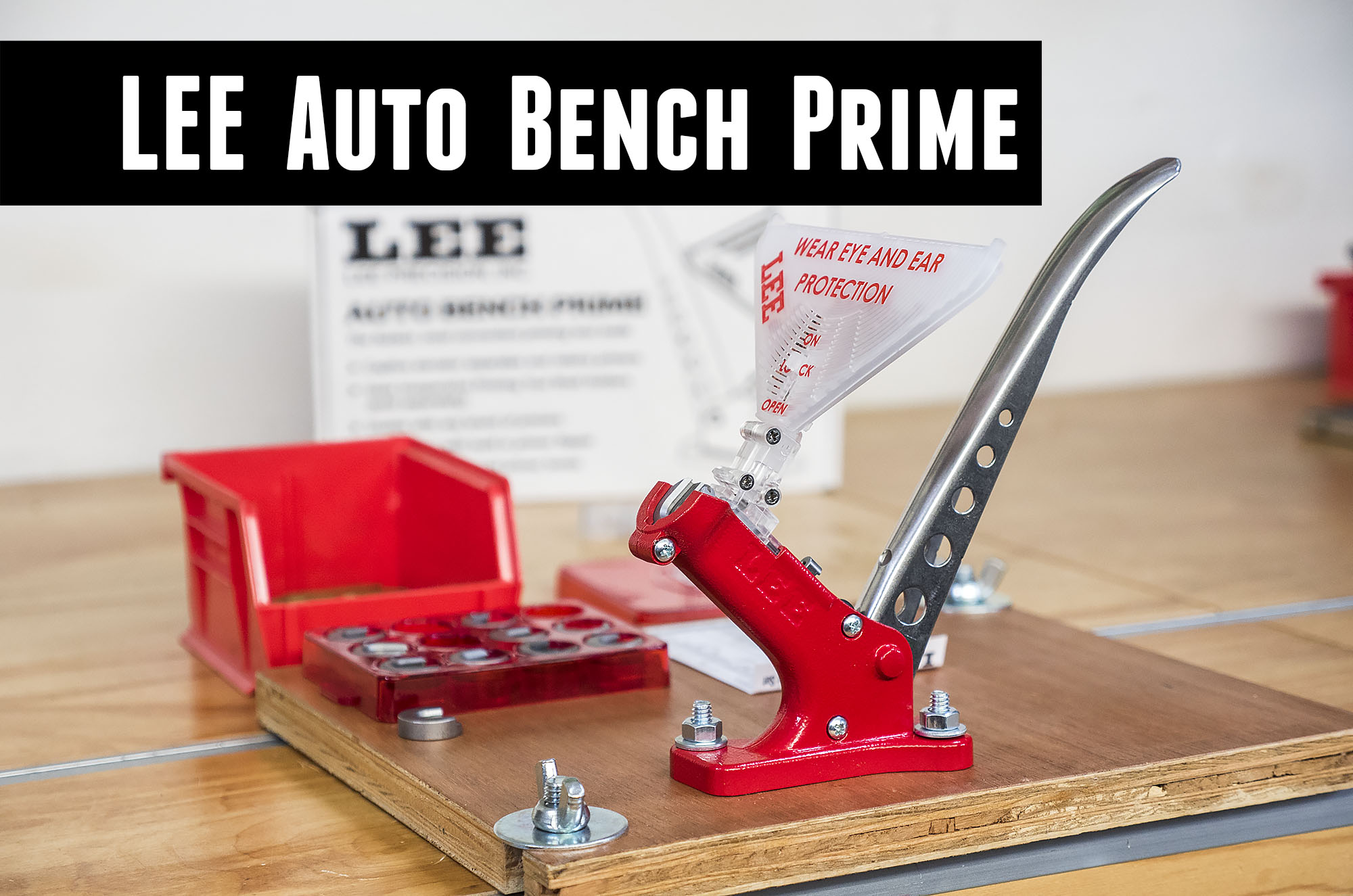
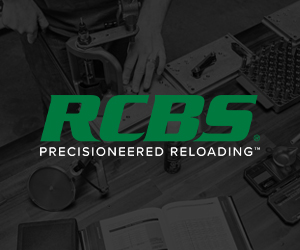


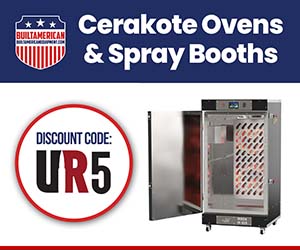
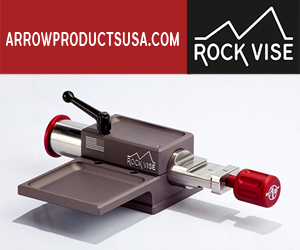
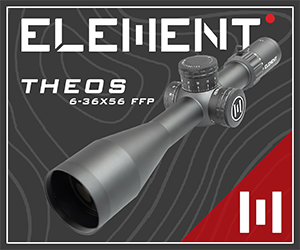

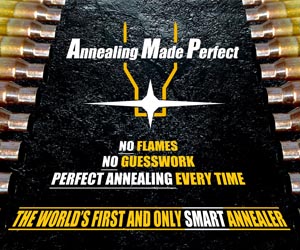
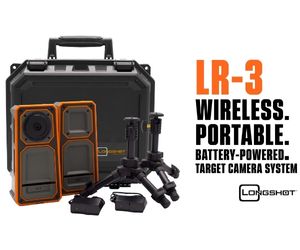
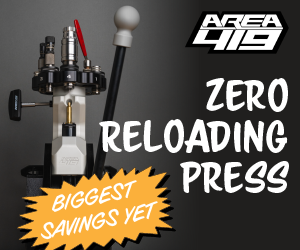
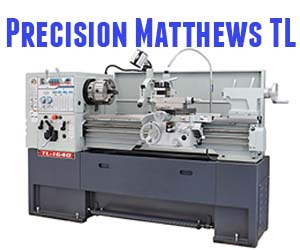

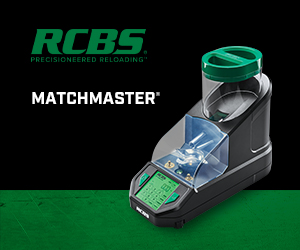




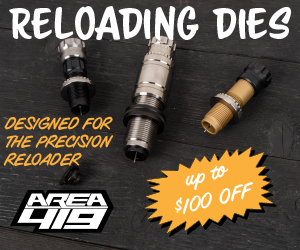


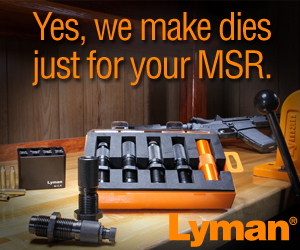
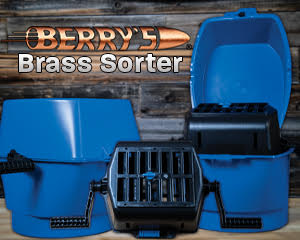



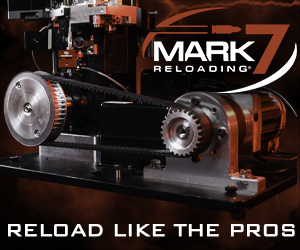
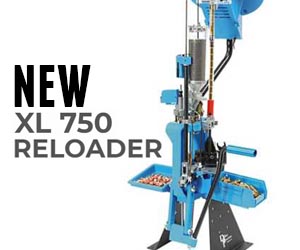
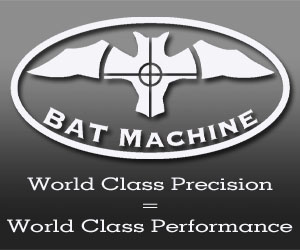
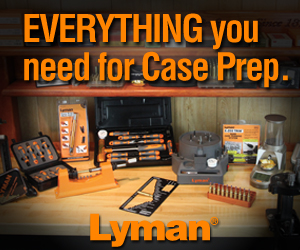


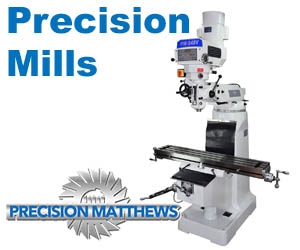


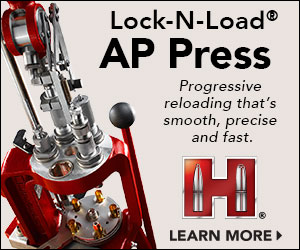
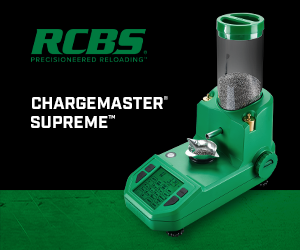

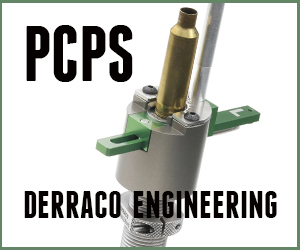


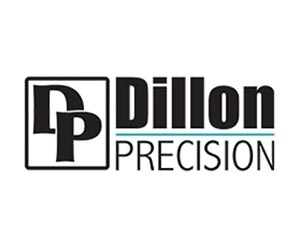



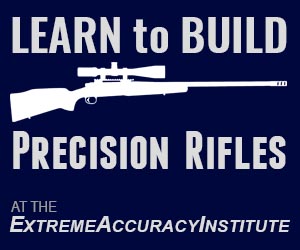




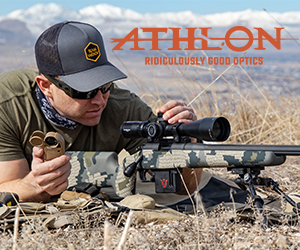

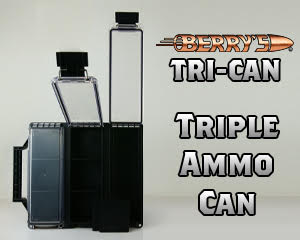

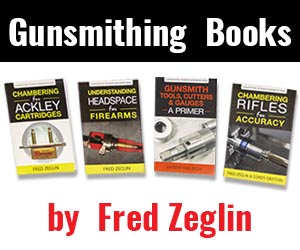
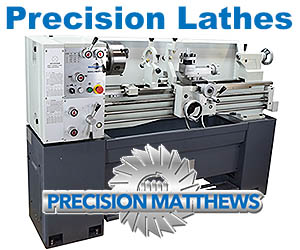

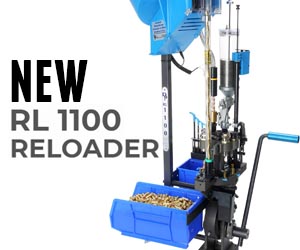

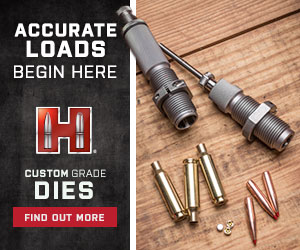


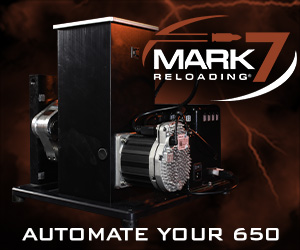

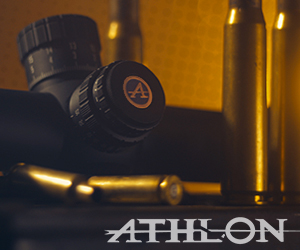

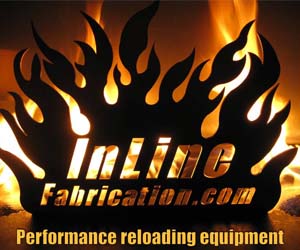
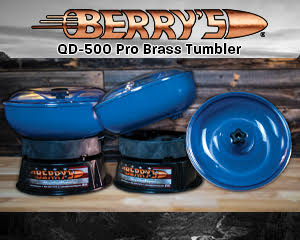
Great video on the Lee Auto Prime system– Lee scores again!
Keep up the great work.
Jim
Excellent jab again! I am going to have to get me one of these. My only question is – will it use any brand shell holders, or only Lee shell holders? Also since I only have a single stage have you tried it with handgun brass?
Only LEE priming holders work.The ‘standard ‘ holders do not work . Handgun priming works very well.
As the author stated you need the Lee Auto Prime shell holders.
This unit doesn’t use regular press shell holders.
Looks like a big improvement over the previous “Lee Auto Primes” (I tried them all), they were very fiddly.
After the tool arrived from Midsouth, I mounted it to a piece of hardwood and C-clamped it to the edge of my bench. So far, so good, now, to prime some 223 cases with Winchester SR’s.
For starters, the SM adapter would not go into the body far enough to insert a shell holder. I did not want to force the plastic adapter too much and break it, so I split the body, installed everything, then closed the body. I could not remove the shell holder, but it worked fine. I had a few minor problems, but I was new to the tool. I switched to Remington 7.5’s.
All went well for about 150-200 cases, then the problems really started. I had to constantly tap the tray to keep the primers flowing. Then the primers started hanging up inside the tray and the SM adapter. Sometimes, the SM adapter would “Pop!” loose on the backstroke. Interference between the body and SM adapter(?)
The immediate problem is you can’t remove the tray to fix a jam without spewing some primers because the primers in the tray prevent the slide switch from moving from ON to LOCK. A small mess happens and you end up picking primers out of the adapter, VERY carefully, and off the floor.
Time and again, a primer would get turned 90 degrees and hang up just before it was supposed to drop into position in front of the ram. Sometimes, you could straighten everything out with a toothpick, but that was tedious and time consuming. I tried altering my technique, but no luck. I suspect the problem is somehow related to the first problem of not being able to install the SM adapter into the body. I finally gave up because I was spending more time fixing the tool than priming, and went back to my Lee Ram Prime in a Challenger press. Slower, but it works every time.
It’s deja vu all over, again. I could open a Lee Auto-Prime Museum. The foregoing account reads pretty much like my other Auto-Primers; they work great for awhile, but when they stop working they really stop working, no matter how carefully I use them. The problems are always in the plastic parts, especially the moving ones.
To be fair, I’ve had problems with other makes mainly due to poor quality; heat treating, bad fit, sloppy operation, etc. One simply would not go together or work and the mfg. kept sending new parts until it did. That one is still working, but I have to stand up to get the most advantage out of it.
Apparently, designing a semi-automatic priming tool is not as simple as it would seem. I wonder how the fully automatic ones work in ammunition mass production situations? They simply must work and must work well, or production and profits come to a screeching halt. Perhaps, those tools could be down-sized and simplified for the average reloading bench(?)
I have one and set it up and tried it a few times it’s now back in it’s box on the shelf. I’ve used a Lee hand primer for years and if you clean it and put a little oil on the pivot points I can prime twice as many in half the time with a lot more hand feed back. The plastic feed and trays are the bench primer’s weakest points.
Assembling the primer size adapters and the shell holders requires that the handle be held in it’s uppermost position. With the adapter in the slot, slight pressure on the spring loaded part ( where the primer tray mounts ) will allow enough room to slide the shell holder into position. LEE Auto Prime Shell Holders must be used. The ‘standard’ holders with flanges to mount on press rams will NOT fit into the tool
The folding tray is an improvement . However it does have its own set of problems. The hard mounting to a bench has resulted in conditions that were automatically avoided with hand held tools. No more tipping and shaking with this hard mount. I initially had problems keeping primers from sliding out of the tray when mounting to the stationary tool with the tray slider in the lock position. Keeping primer flow by tapping the tray occasionally seems to be the norm. And demounting the tool to clear jams is advised. I like mine in spite of the shortcomings. Much less hand fatigue. And time with the tool seems to improve its reliability. Or perhaps improves my technique.
Shell holders were not a problem since I previously owned a Lee Hand Primer. The tool works fine & fast. Much less fatigue than the hand primer. However, the tool has “made in China” written all over it. Not sure about the longevity.
Just bought a RCBS ultrasound cleaner. The instruction manual is very vague at best. Went on line to find videos. Found Gavin’s video on Youtube. Very informative and easy to understand. Unfortunately, the source where I bought the cleaner did not sell me the correct RCBS ultrasound cleaner solution (need the bluish colored one, not the yellowish colored one). I can now proceed with a better understanding on how to use my cleaner.
the Lee #4 case holder is so sloppy that as you see in the Gavin video he has to grab the 223 case and use BOTH hands to operate. On mine for the small rifle primers, #4 holder, center has to be found and kept along with the perpendicular alignment for primer insertion. Larger rifle cases i.e., 308 are one handed and automatic I guess but much faster. One primer had the crescent of the ram arcing across the CENTER of the primer. No way near alignment.,